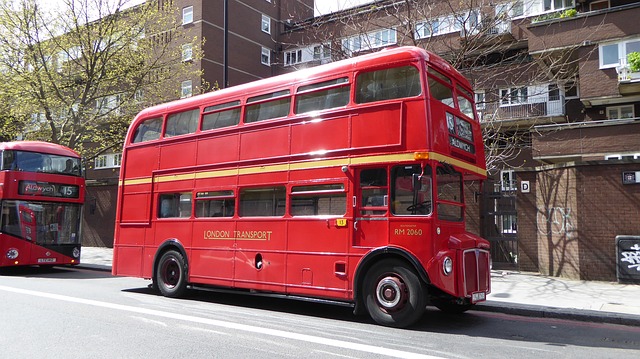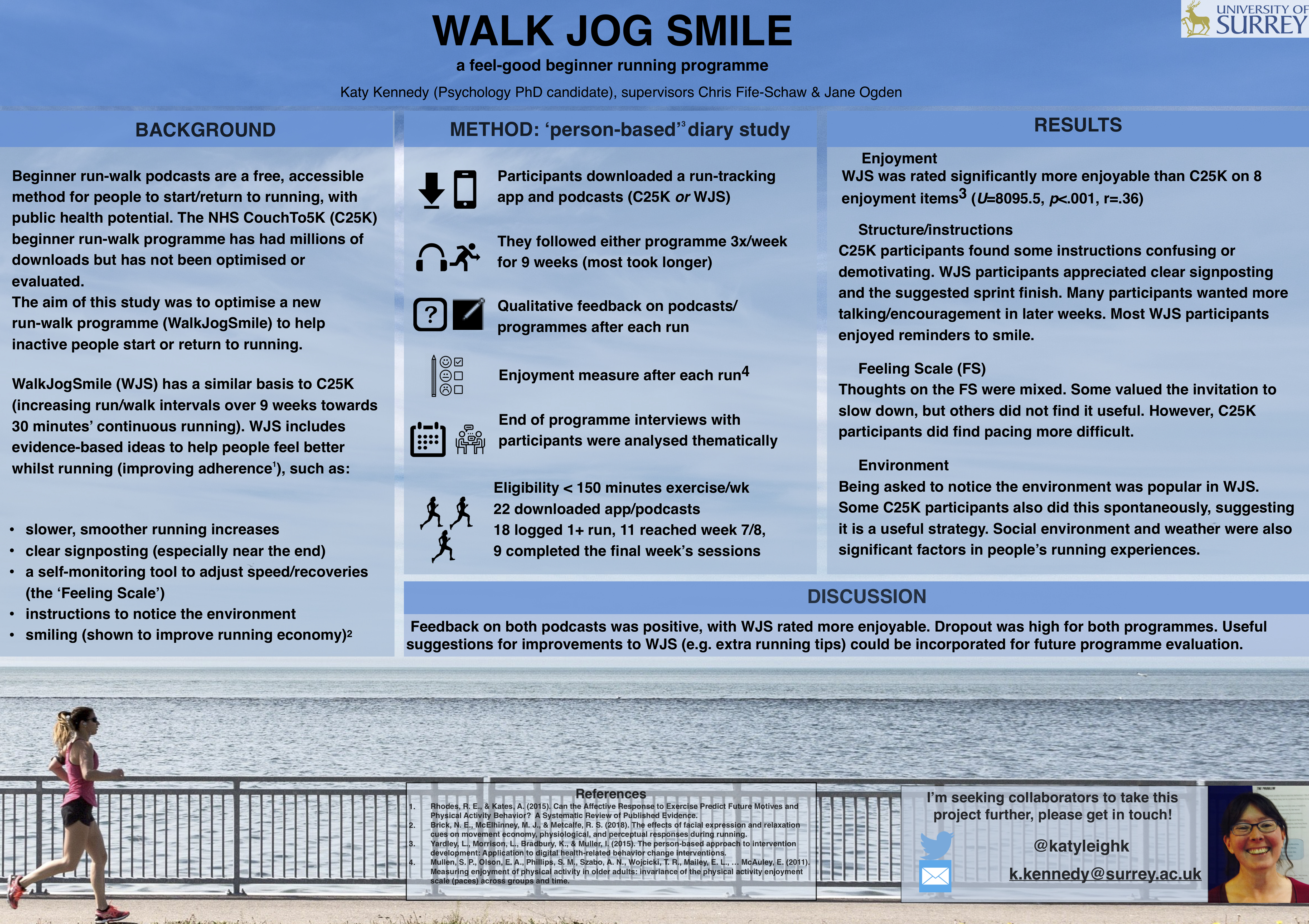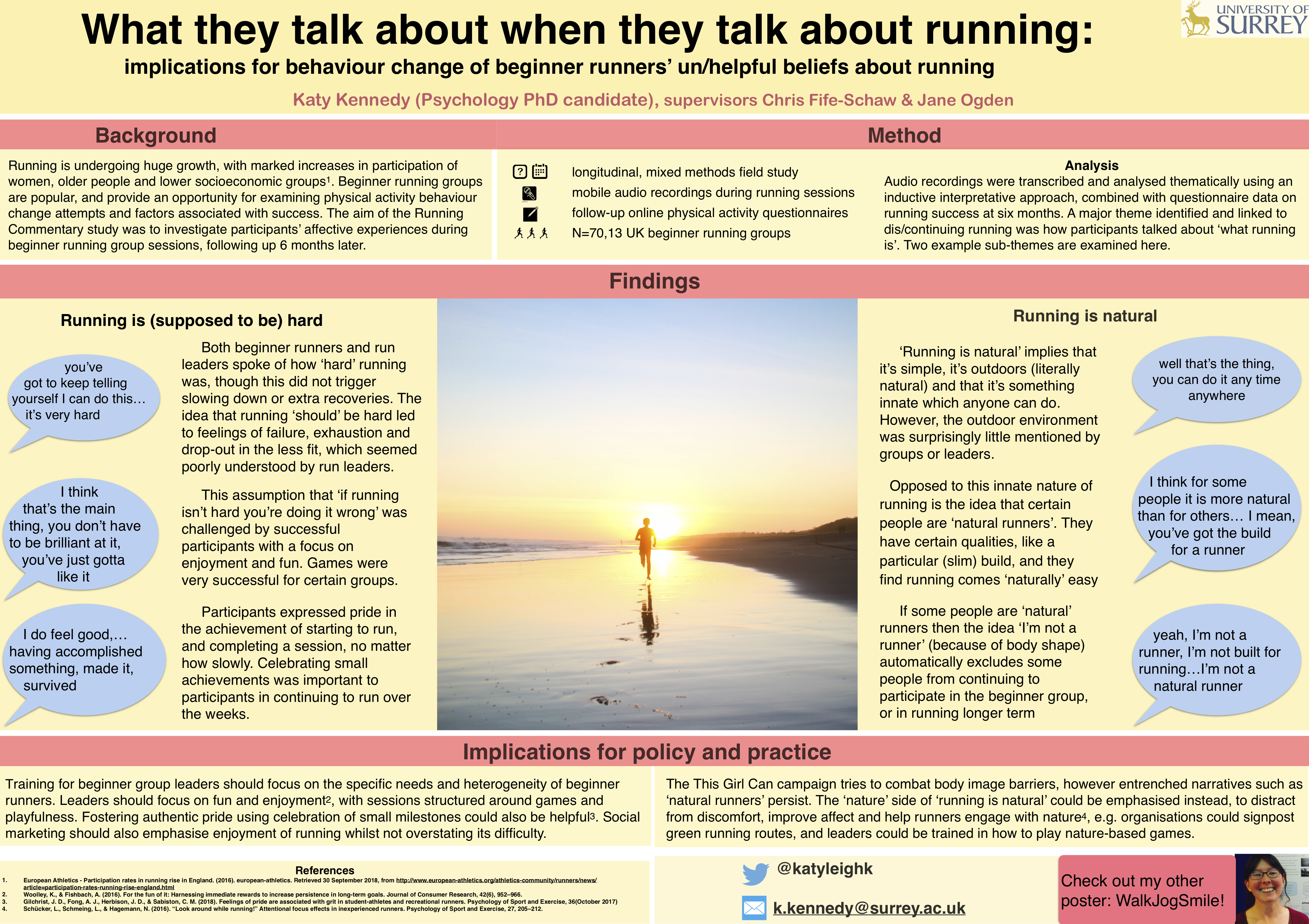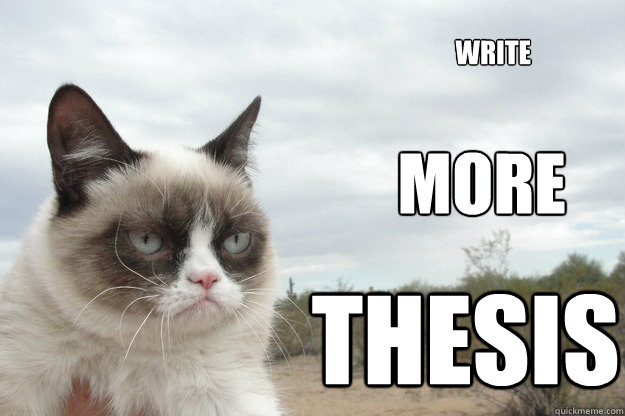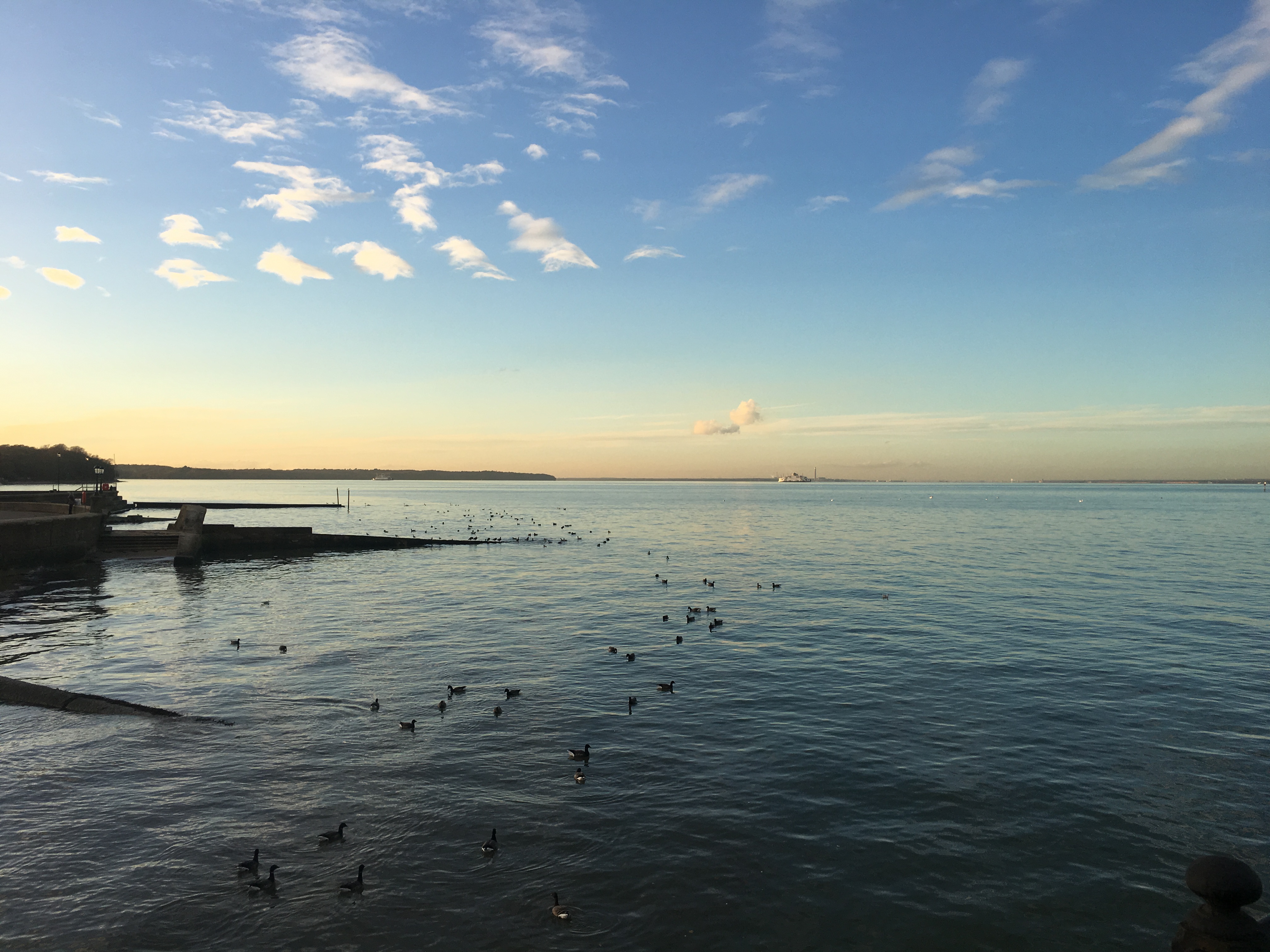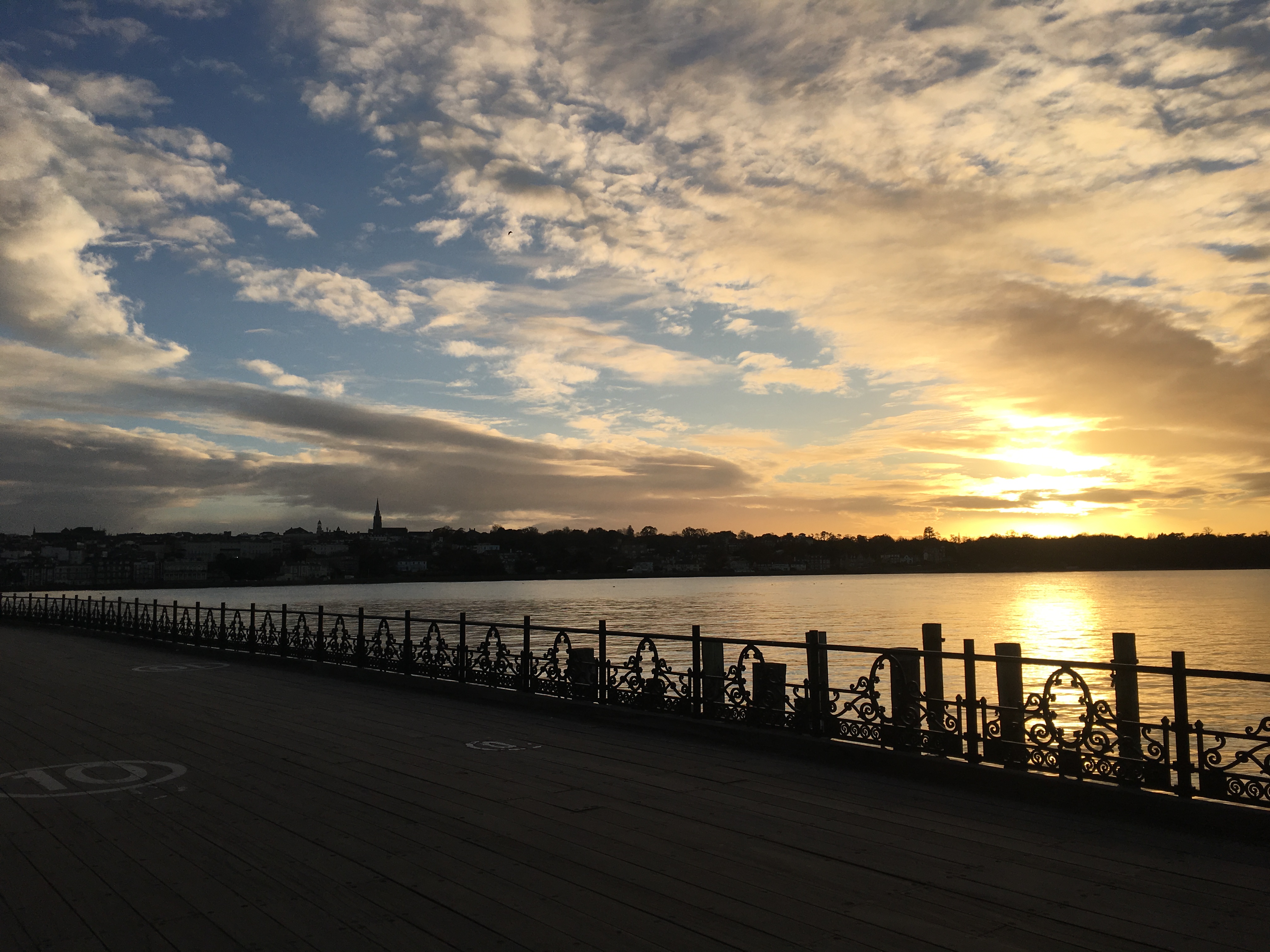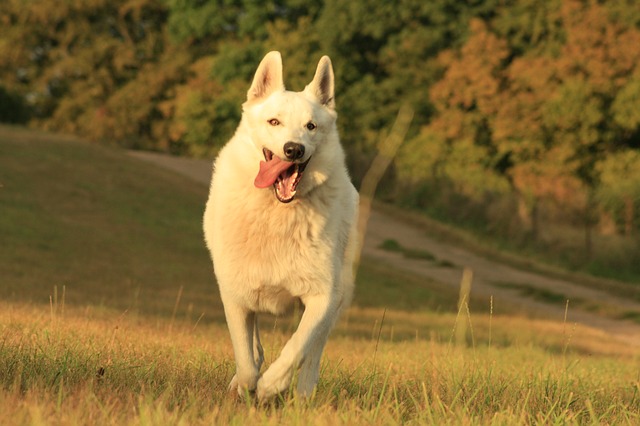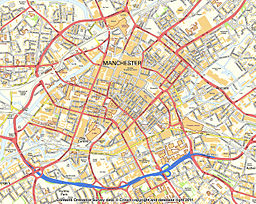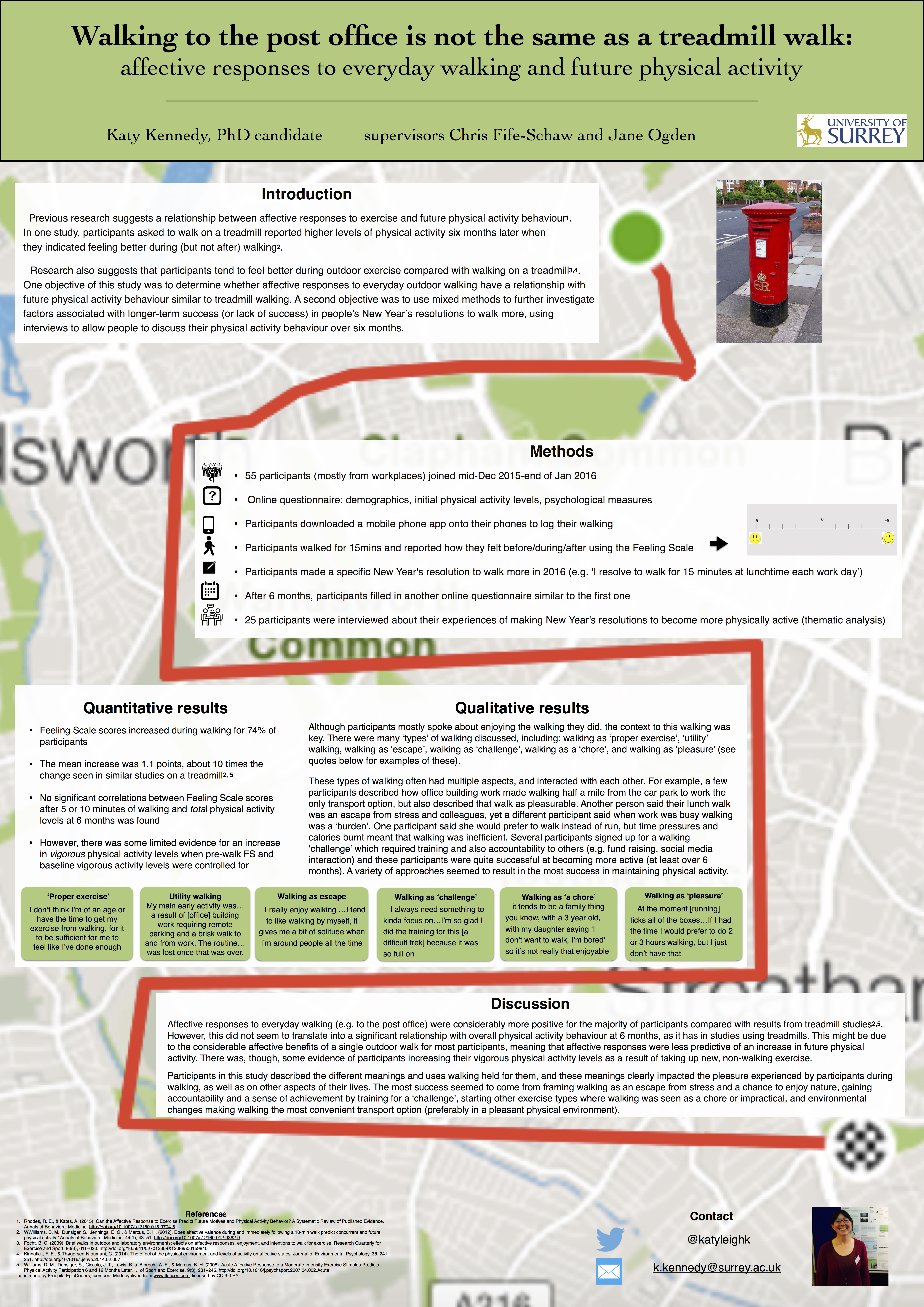Oops, it appears that I have not written anything in this blog for…*checks* about a billion years. Firstly, I was kind of busy writing up my thesis. That was a pretty intense time, I sort of loved it though in a very stressed out and knackered way. Then I had my viva, which again I sort of loved in a very stressed out and knackered way. My examiners were beyond lovely, I got minor corrections and it was just a complete privilege to have spent several hours with two very clever people discussing my thesis. I got together with a bunch of other people from my PhD cohort and we had a drink and discussed our forthcoming graduation. That was in February 2020 (this is the bit where you imagine ominous music…)
Obviously, the graduation did not happen because lockdown 1 did instead, and that was just plain horrible and anxiety-provoking and stressful and lonely and boring. Still, graduation day arrived and I decided to celebrate it virtually (but with real champagne). I had acres of time on my hands, so I made a fake graduation gown with a red dress and some of my son’s school ties, and a fake floppy hat out of a flat cap and lots of black underpants.

I think it compares quite well with the genuine article (modelled by some lovely maths PhDs below), and I should have kept it handy to save myself 58 whole quid when the real live graduation finally happens (hopefully July!). It was certainly more fun than making sourdough anyway!
I also started a job as an associate lecturer with the Open University last year, which has been very rewarding and a steep learning curve in mastering the online teaching software and how to make a tutorial engaging when neither you nor the students can see each other (and most of the time the students won’t use the microphone, so it’s like teaching a brick wall sometimes!). The marking is immensely time consuming as giving feedback on assignments is the main part of the job in the OU, but I’m getting to grips with it, and it is so lovely getting nice emails from students saying they appreciate the feedback. Even better when you mark their next assignment and they have really taken notice of the feedback and improved. It makes you feel like a proud parent whose kid has just mastered riding a bike or something! It’s strange not meeting students at all in person, but I feel very fond and proud of my students, who often have huge mental, emotional, physical, financial or logistical hurdles to overcome in order to study. I believe that psychology is the most interesting subject there is, and it’s great to be able to share this passion for my subject with students at the start of their degree.
Back to exercise! Obviously, covid changed a lot of people’s relationship with exercise last year. Online exercise classes finally became a thing, after years of sort of lurking about as a possibility. I switched from doing classes in halls and the trampoline park to my kitchen (my local gym is being rebuilt). A year on, and to be honest, the novelty is starting to wear off! There are definite benefits though, in not having to travel and being able to do a class on catchup instead of live, or whilst cooking roast potatoes during interval breaks. I do wonder whether some online classes will keep going when real life classes can start back for good. There was one memorable Zumba class last year where 6 of us gathered in one person’s garden (the legal limit at the time), and the teacher set up her laptop so that other people could join in the dancing fun from all over the place, Northern Ireland and Germany being the furthest away. Fundamentally though, whether some sort of hybrid emerges from this (I’d happily continue doing Zoom yoga, you are basically lying down with your eyes shut listening to the teacher for most of it), I think we have all learnt that exercising with other people is about more than just the exercise. It’s also the banter, the laughing, the complaining that the teacher is making you do burpees FAR TOO EARLY IN THE MORNING, and the feeling of moving in time to the music with other people. Those things are very hard to recreate online via a Facebook chat box, though it is funny watching the teacher trip over her dog or accidentally swing a weight into the light above her head…
In my research on running, I found that even people running alone really appreciated social interactions. Obviously, there are many people who choose to run precisely because you can do it alone, and many people like the solitude and the convenience of that. Often, though, my participants discussed a tiny social encounter as being the highlight of their run, whether it was seeing someone doing something funny like taking a chicken for a walk in a pram (true participant feedback), or sharing a lighthearted moment such as a joke, a laugh or even a smile from a stranger. My participants also sometimes ran with other people, or brought a friend or family member along to the park with them for company. Even a solo exercise like running turns out to be surprisingly social.
During lockdown 1, we were not allowed to meet anyone from outside our household, not even outdoors. As someone whose main social outlet is running with a friend or friends, this was really hard to cope with. My running mileage plummeted (not helped by the government message being ‘stay at home, only exercise once a day’). Also, suddenly instead of exchanging friendly chat with others when outdoors, the whole social dynamic changed. There was so much fear and anxiety about covid and about how it might be spread that just seeing other people caused a feeling of dread, especially if they turned away or suddenly pulled their tshirt over their face! It was a properly scary time, not helped by media clickbait about how heaving sweaty runners were more likely to spread covid (still ongoing, even now). The battle for space become an even more fraught one, with pedestrians suddenly leaping onto the road to avoid others (seriously, being hit by a bus is significantly more likely to damage your health than the remote possibility of catching covid from a metre away outdoors). Though some good did come of this time, such as widening footpaths in town centres to reallocate space to pedestrians instead of cars, I’m not convinced how long this will last.
The stats on running last year were also interesting. Gyms were shut for much of the year, so according to Sport England statistics, running (which had been rocketing in terms of participation) flatlined, as treadmill running was no longer possible. The stats on walking and running (and also cycling) changing with the different lockdowns is really worth looking at (you can see it here https://www.sportengland.org/know-your-audience/demographic-knowledge/coronavirus?section=research )
Anyway, I remembered why I don’t blog much here, I spend entirely far too much time rambling! I might do a quick blog about some of the physical activity data and the changes with covid, it is kind of fascinating, especially from the perspective of a running researcher. But that’ll have to wait, I’m off to walk 10 miles round the Surrey Hills with my walking group, now it’s legal again!
